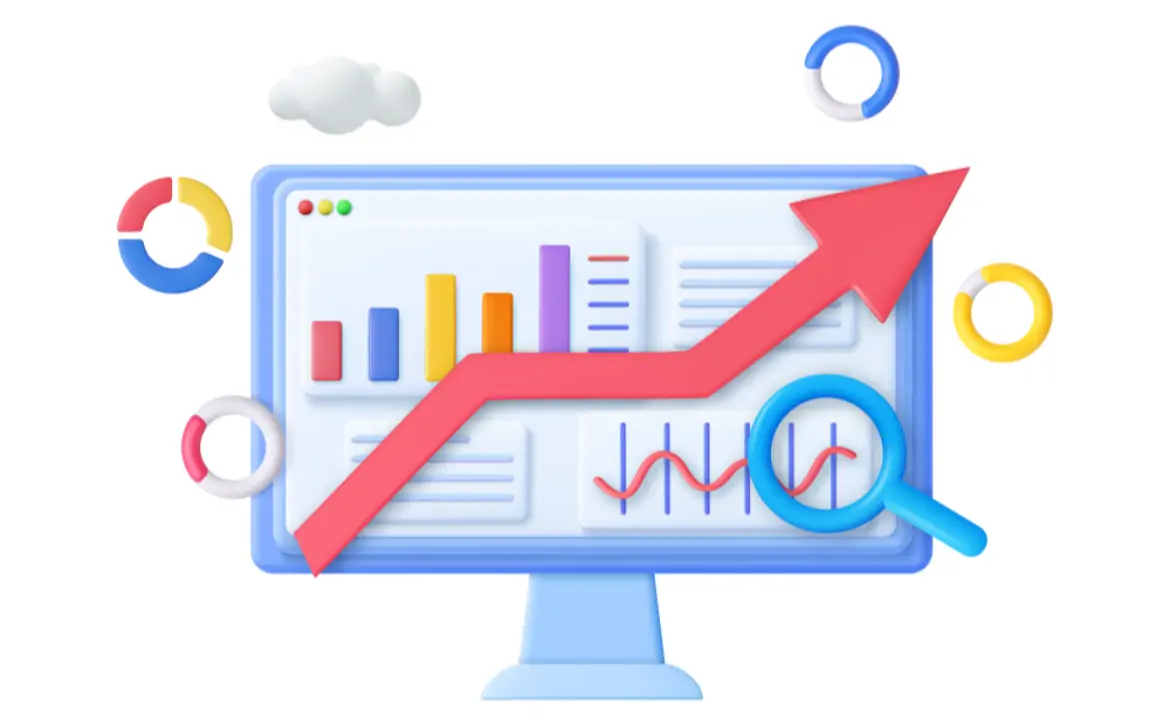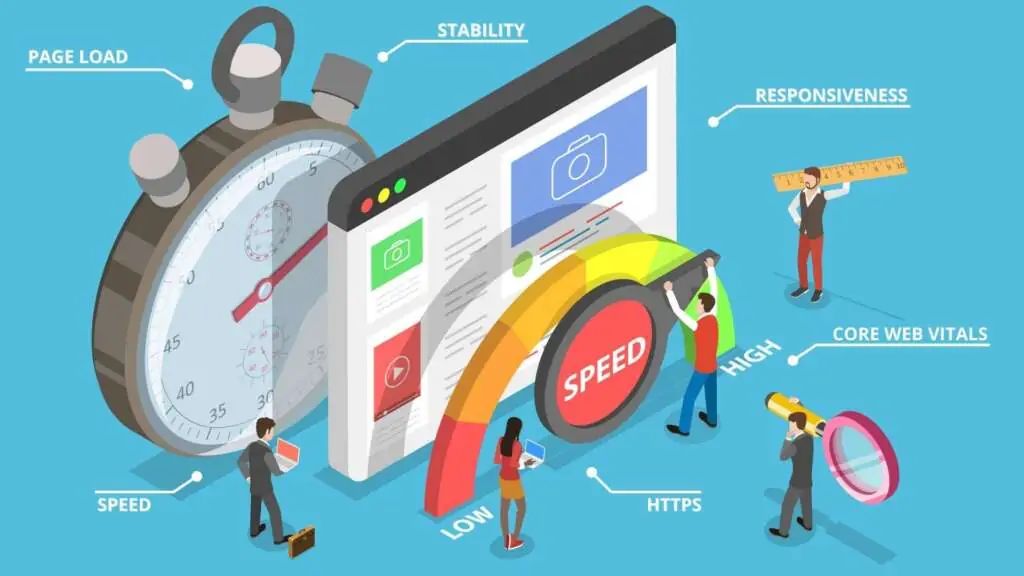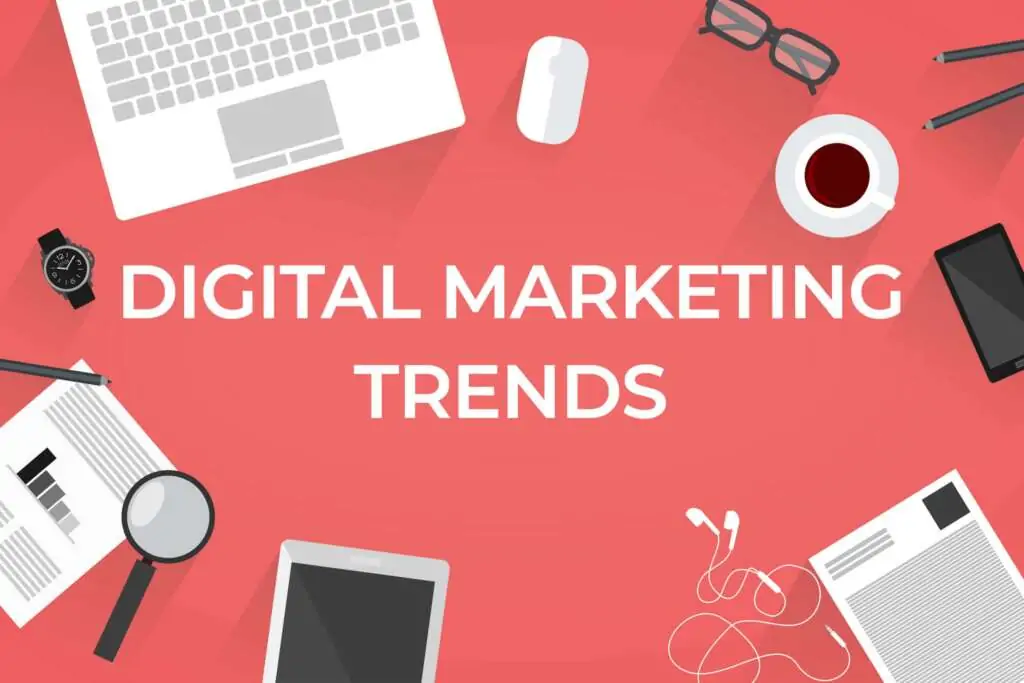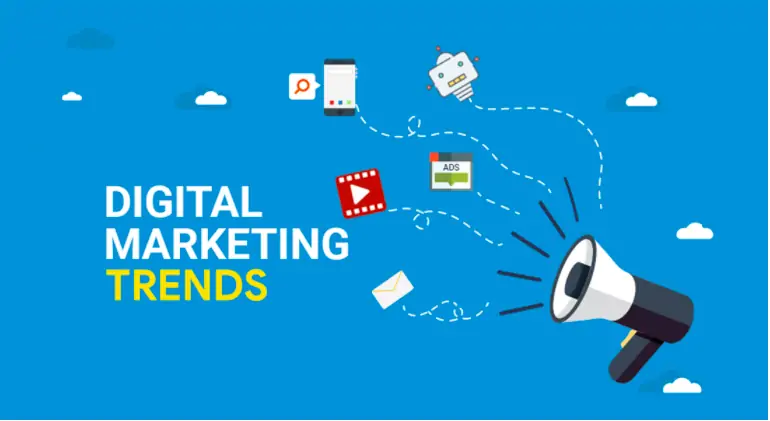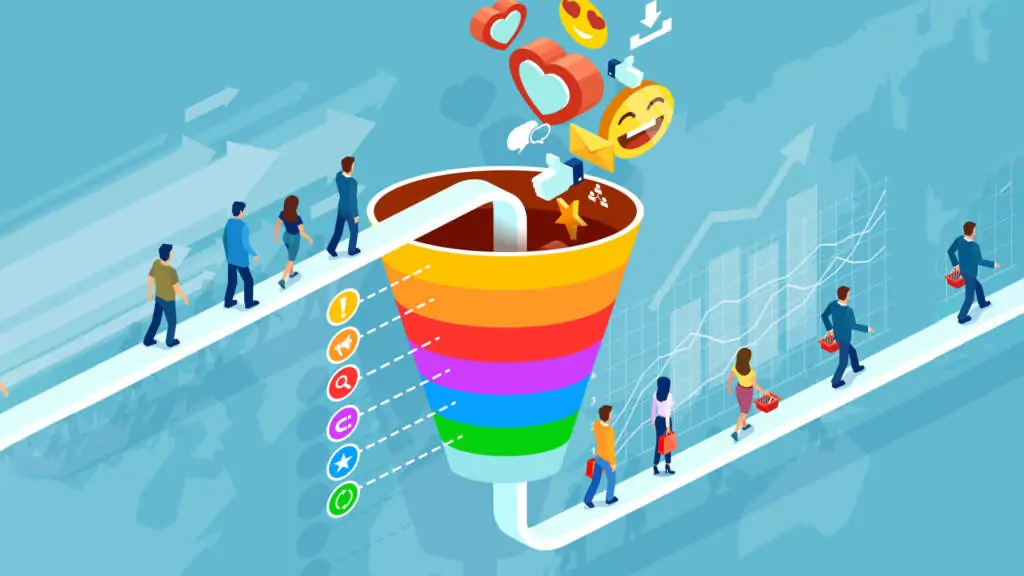Unlocking the Secrets of Niche Sites Success
In the vast landscape of the internet, niche sites have carved out a unique space for themselves. These specialized websites are designed to cater to specific, often passionate, audiences, providing in-depth content and solutions tailored to their particular interests or needs. Explore the world of niche sites, understand their significance, and uncover strategies to thrive in these specialized online ventures.
1. Defining Niche Sites
Niche sites are online platforms dedicated to a specific topic, industry, hobby, or interest. Unlike broader, general websites, niche targeted sites dive deep into a particular subject matter, addressing the unique needs and preferences of a well-defined audience. The essence of niche-targeted sites lies in their specificity, catering to a niche within the broader market.
2. Why Niche-Targeted Sites Matter
Niche-targeted sites offer several compelling advantages:
- Audience Relevance: By focusing on a specific niche, these sites can deliver content and solutions that resonate deeply with their audience.
- Lower Competition: Niche-targeted sites often face less competition than broader websites, making it easier to stand out.
- Monetization Opportunities: Specialized content can attract advertisers, sponsors, and affiliate marketing opportunities catering directly to the niche.
- Passionate Communities: Niche-targeted sites foster communities of passionate enthusiasts, which can drive user engagement and loyalty.
3. Identifying Your Niche
The first step in building a successful niche site is choosing the right niche. Here’s how to go about it:
- Passion and Knowledge: Select a niche you’re passionate about or have expertise in, as this will sustain your interest and commitment.
- Market Research: Analyze the potential audience size, competition, and monetization opportunities in the chosen niche.
- Keyword Analysis: Use keyword research tools to identify high-demand, low-competition keywords related to the niche.

4. Creating High-Quality Content
High-quality content is the lifeblood of niche targeted sites. Here are some strategies to create valuable content:
- In-Depth Content: Dive deep into topics within your niche, providing comprehensive information and resources.
- Originality: Create unique content that sets your niche site apart from others in the same field.
- Regular Updates: Consistently publish new content to keep your audience engaged and informed.
- User Engagement: Encourage user comments, discussions, and interactions to build an active community.
5. Monetization Strategies for Niche targeted Sites
There are several ways to monetize niche targeted sites effectively:
- Affiliate Marketing: Promote products or services related to your niche and earn commissions on sales generated through your site.
- Advertising: Display targeted ads on your niche site, such as Google AdSense or direct ad sales.
- Sponsored Content: Partner with relevant brands and businesses to create sponsored content or reviews.
- Digital Products: Develop and sell e-books, courses, or other digital products related to your niche.
- Membership and Subscription Models: Offer premium content or community access through a subscription-based model.
6. SEO and Niche Targeted Sites
Search engine optimization (SEO) is crucial for niche-targeted sites. Tailor your SEO strategy to maximize visibility:
- Keyword Optimization: Use niche-specific keywords in your content to improve search engine rankings.
- Backlink Building: Establish backlinks from reputable sites within your niche to enhance authority.
- Mobile Optimization: Ensure your niche site is responsive and mobile-friendly to cater to a wider audience.
- Local SEO: If relevant to your niche, optimize for local search to attract a regional audience.

7. Building a Community
Niche targeted sites thrive on community engagement. Here’s how to build and maintain a community around your niche:
- Interactive Features: Incorporate forums, comment sections, and social media platforms for discussions and interactions.
- Engagement Initiatives: Run contests, polls, and surveys to involve your audience in shaping your niche site’s content.
- User-Generated Content: Encourage users to contribute their content, such as articles or reviews.
8. Challenges and Considerations
While niche-targeted sites offer numerous benefits, they come with their share of challenges:
- Limited Audience Size: Niche-targeted sites often have smaller audiences compared to broader sites.
- Content Sustainment: Maintaining high-quality content over time can be a challenge.
- Monetization Reliance: Success in monetization depends on the niche’s suitability for revenue generation.
9. The Future of Niche Targeted Sites
The future of niche-targeted sites looks promising, with several trends emerging:
- Voice Search Optimization: As voice-activated devices gain popularity, optimizing for voice search can be a game-changer for niche site SEO.
- Micro-Niches: The subdivision of niches into even more specialized areas is likely to increase.
- Video Content: Incorporating video content into niche-targeted sites can enhance user engagement.
In conclusion, niche sites are digital gems in the vast landscape of the internet. They cater to niche audiences, offering specialized content and solutions that resonate deeply. Building and maintaining a successful niche site involves choosing the right niche, creating valuable content, and implementing effective monetization and SEO strategies. By embracing these principles and staying attuned to emerging trends, niche targeted sites have the potential to thrive and continue shaping the digital world with their unique and passionate communities.



